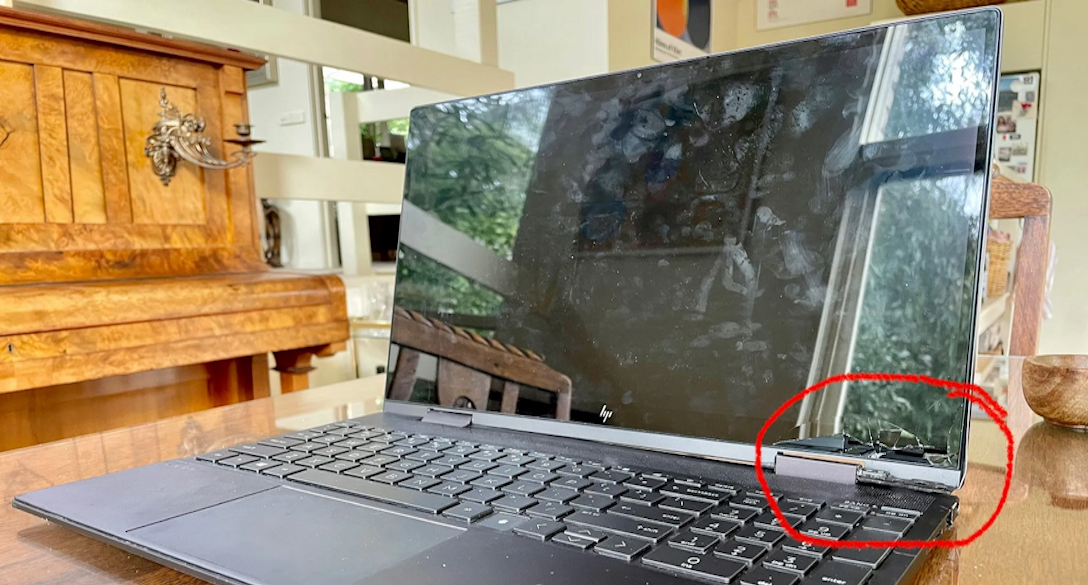We asked 900 Australian teachers if evidence informs how they teach – and found most use it, but there are key gaps
- Written by Ioana Ramia, Lecturer, UNSW Sydney

There are many ways to teach school students. But research shows only some will significantly improve learning.
While most teachers want to use evidence-based practices, they face many challenges that can limit their ability to use them in their classrooms. These include time pressures, access to resources, and unsupportive school cultures.
In our new study[1] we asked teachers how much they use education research evidence when teaching students.
We found that most teachers surveyed said they were using evidence-based practices most of the time, but they are not using all the strategies that make those practices effective. This can have serious impacts on student learning.
What types of evidence are we talking about?
Our study looked at four teaching approaches that have been shown by academic research to help students learn:
Formative assessment[2] – gathering information about student learning and adapting teaching to meet learning needs.
Explicit instruction[3] – setting clear learning goals, then fully explaining and effectively demonstrating how students can achieve them.
Mastery learning[4] – breaking up learning, so students must master a certain task before moving on to the next one.
Classroom management[5] – establishing clear routines and rules, and modelling appropriate behaviour.
Our survey
In 2021, we surveyed more than 900 teachers from across each state and territory for an Australian Education Research Organisation (AER0) study. This included teachers from government, Catholic and independent schools and from primary and high schools.
We asked how much teachers use various types of evidence to inform how they teach students. We also analysed Australian data from international education surveys, including the OECD’s Programme for International Student Assessment[6] (PISA) and Teaching and Learning International Survey[7] (TALIS) as well as the Progress in International Reading Literacy Study[8] (PIRLS).
Our findings
The vast majority of teachers we surveyed said they used methods backed by research in their classrooms. Specifically, when it comes to formative assessment methods:
73% of teachers said they assess students’ understanding of the content they are teaching and make adjustments accordingly
67% of teachers said they design lessons based on data they have gathered regarding students’ prior knowledge and experience.
An even greater proportion of those we surveyed said they were using explicit instruction methods:
91% of teachers said they interact with students as they work, providing immediate elaboration and explanations as needed
78% of teachers said they clearly outline what students will learn and how they know they have learned it.
When it came to teaching using mastery learning:
85% of Australian teachers set goals at the beginning of a lesson, according to the 2018 TALIS survey
95% of teachers explained what they expected students to learn, also according to the TALIS survey.
High proportions of those we surveyed also reported using classroom management methods:
90% of teachers we surveyed said they modelled appropriate behaviours, such as not raising their voice and following the rules.
76% of teachers and leaders explicitly said they teach rules and routines for how to participate effectively in class.
These results show most Australian teachers are using evidence-backed methods to teach in their classrooms. This is reassuring news overall, but also shows significant proportions of those surveyed are not drawing on approaches we know help students learn.
What do students say?
We also found teachers report using evidence-based practices more than students report experiencing them. For example, according to PISA, only 31% of year 10 students in Australia report teachers frequently provide individual help when a student has difficulties understanding a topic or task.
Another 2019 study[9] of five Australian schools also found feedback from teachers is often not clear to students.
Meanwhile, almost three-quarters (71%) of respondents to the PIRLS Year 4 student survey agree “a lot” that their teacher tells them how to do better when they make a mistake.
Read more: Personalised learning is billed as the 'future' of schooling: what is it and could it work?[10]
Do teachers help each other?
Our survey also suggests teachers do not get enough support and training to access research-based approaches. For example, only 64% of teachers we surveyed said they had regular access to coaching to help them use evidence. We also found:
66% said their school system (government, Catholic or independent) provided easily accessible information, resources, training or other support to help them use evidence
45% “agreed” or “strongly agreed” they will encourage colleagues to stop doing something if evidence from academic research shows it doesn’t work.
What needs to happen now?
A key way to improve this situation is to provide more time and support (such as professional learning and access to resources) to help and train teachers and school leaders use evidence.
We also need to encourage school cultures where teachers discuss evidence, so they can learn from each other.
This tells us that we need to build supportive school environments where teachers feel confident and capable to support each other to not just use evidence but also stop doing things that aren’t working.
Read more: If Australia wants to improve school outcomes, we need to define what 'equity' really means[11]
More resources
The point of using research evidence to inform teaching is to improve outcomes for students. This should be the priority across schools and in resources from education departments and in research, curriculum guidance and education policies.
AERO has free resources for teachers and school leaders[12] about using evidence. Other state governments, such as New South Wales[13], Victoria[14], Western Australia[15] and the Northern Territory[16] also have resources.
The Monash Q Project[17] is a research project investigating how research evidence is used in schools, and how to support educators to better use that evidence in their practice.
References
- ^ new study (www.edresearch.edu.au)
- ^ Formative assessment (www.edresearch.edu.au)
- ^ Explicit instruction (www.edresearch.edu.au)
- ^ Mastery learning (www.edresearch.edu.au)
- ^ Classroom management (www.edresearch.edu.au)
- ^ Programme for International Student Assessment (www.oecd.org)
- ^ Teaching and Learning International Survey (www.oecd.org)
- ^ Progress in International Reading Literacy Study (www.acer.org)
- ^ 2019 study (www.sciencedirect.com)
- ^ Personalised learning is billed as the 'future' of schooling: what is it and could it work? (theconversation.com)
- ^ If Australia wants to improve school outcomes, we need to define what 'equity' really means (theconversation.com)
- ^ free resources for teachers and school leaders (www.edresearch.edu.au)
- ^ New South Wales (education.nsw.gov.au)
- ^ Victoria (www.academy.vic.gov.au)
- ^ Western Australia (www.mediastatements.wa.gov.au)
- ^ Northern Territory (education.nt.gov.au)
- ^ Monash Q Project (www.monash.edu)













